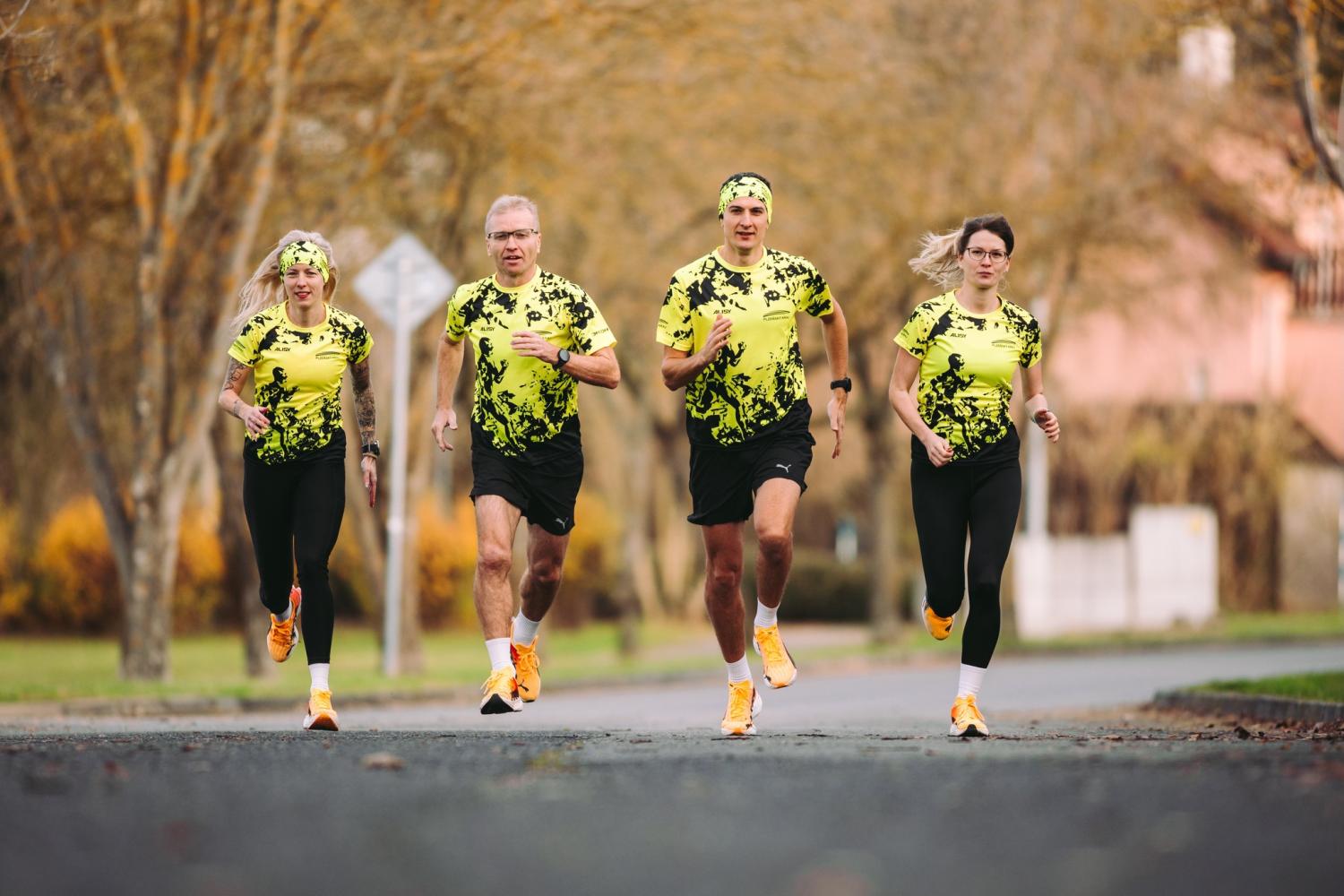Common Mistakes in Outdoor Running
Running in nature or the city is a great way to stay fit, relieve stress, and enjoy movement in the fresh air. However, many runners make mistakes that can lead to overexertion, injuries, or unnecessary fatigue. What should you watch out for to run more efficiently and healthily?
Poor Footwear and Inappropriate Clothing
Choosing the right running shoes is essential for comfort and injury prevention. Shoes should match not only your foot but also the terrain you run on. Road running shoes have a different sole structure than trail shoes, which provide better grip on unpaved paths. If you run frequently, it is advisable to replace your shoes regularly, as they lose their cushioning properties over time and may cause pain in your joints or feet.
Appropriate clothing is just as important. In winter, layering is recommended, with a base layer that wicks away sweat, a middle layer for insulation, and an outer layer to protect against wind or rain. In summer, choose lightweight and breathable materials to prevent overheating. Sun protection, such as a cap or light sleeves, helps reduce the risk of heatstroke or sunburn.
Starting Too Fast
Many runners tend to start too quickly at the beginning of a workout or race, leading to early exhaustion. Running requires a gradual warm-up of the muscles, which need time to reach optimal performance. Start the first few minutes at a comfortable pace and gradually speed up. This will help reduce the risk of cramps and improve endurance.
Ignoring Warm-up and Stretching
Before running, it is essential to prepare the body properly. A dynamic warm-up, including exercises like lunges, ankle rotations, or squats, helps warm up the muscles and increase their flexibility. Skipping the warm-up can lead to limited mobility and a higher risk of muscle strains or tears.
After running, it is advisable to spend a few minutes on static stretching. Stretching the hamstrings, calves, quadriceps, and hips helps relax the muscles and supports their recovery.
Running with Incorrect Technique
Running technique plays a key role in movement efficiency and injury prevention. Many runners tend to adopt poor posture, either hunching over or raising their shoulders too high. Proper technique involves relaxed arms, a natural arm movement along the body, and an upright posture.
Another common mistake is overstriding, where the foot lands too far forward on the heel, increasing joint stress. A better approach is a shorter but more frequent stride with a midfoot landing, which reduces knee strain and promotes a smoother run.
Insufficient Hydration and Nutrition
During running, the body loses fluids and minerals that must be replenished regularly. Dehydration leads to decreased performance, fatigue, and, in extreme cases, dizziness or muscle cramps. It is recommended to drink water or electrolyte drinks before running and to take small sips of fluids during long runs.
Nutrition is equally important. If you run longer distances, it is beneficial to consume a light meal rich in carbohydrates before running. After running, a combination of protein and carbohydrates helps speed up muscle recovery.
Avoid Overtraining with Too Much Intensity Every Day
Many runners make the mistake of running at maximum effort in every training session. This approach leads to excessive strain on the body, longer recovery times, and a higher risk of muscle or joint overload. The key to long-term performance improvement is alternating intensity – incorporating slow recovery runs, tempo runs, and interval training.
If you run too fast every day, your body does not have enough time to adapt, which can result in overtraining and decreased performance. Maintaining a balance between high-intensity and easier runs is crucial.
Don’t Run Only on Hard Surfaces
Asphalt is the most common surface for runners, but continuous impact on hard ground can cause knee and joint problems. The ideal approach is to mix different surfaces – run partly on the road but also on softer terrain such as forest trails, grass, or a track.
Softer surfaces help absorb shock and reduce the risk of injury. Additionally, running on varied terrain engages more muscles, improving stability and leg strength.
Not Listening to Your Body
Pushing through pain, ignoring fatigue, and forcing runs despite exhaustion often lead to long-term problems. Every runner should learn to listen to their body’s signals. If pain appears, it is better to take a break and identify the cause rather than running through discomfort and risking serious injury.
Proper recovery time, good nutrition, and alternative exercises help keep the body in balance and prevent excessive strain.
